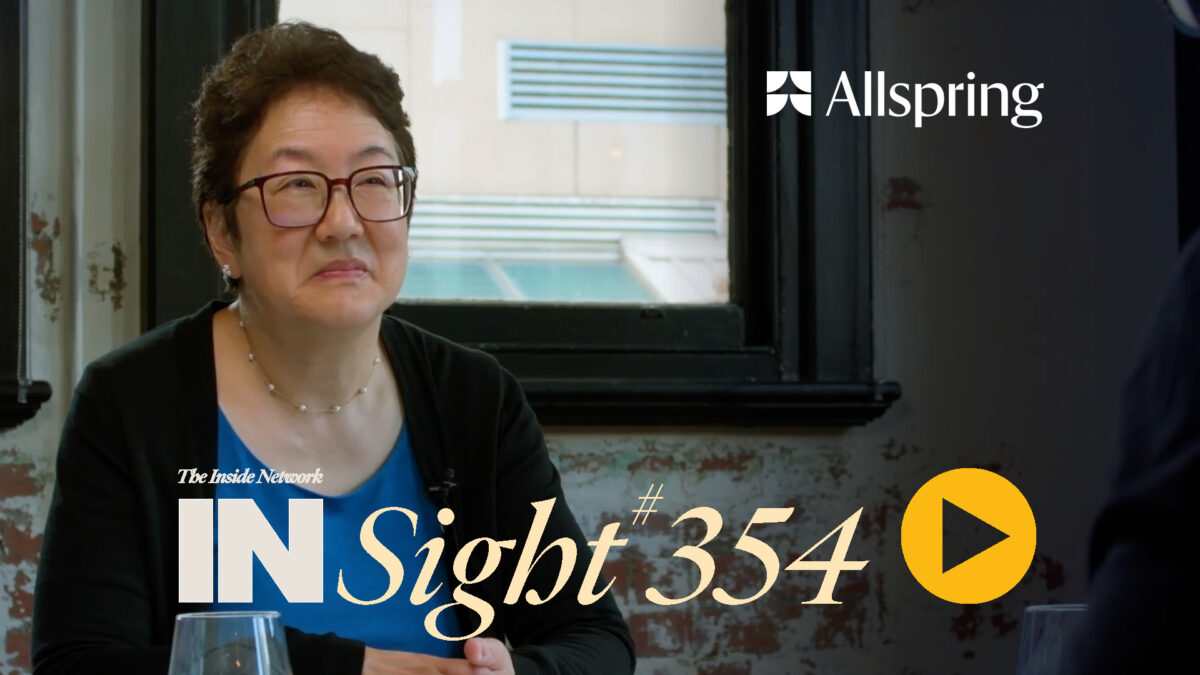How ’tilting’ helps enhance an international portfolio
Taking active positions on the relative value of about 30 assets has added some NZ$2 billion to the New Zealand Superannuation Fund (NZS) over the last eight years, a new report reveals.
According to the NZS ‘Strategic tilting’ white paper published last week, the approach – where the fund takes long or short positions on specific assets “based on price and long-term valuation signals” – has returned 1.2 per cent each year since the policy was adopted in April 2009.
“This exceeds our expectations of 0.4 per cent return per annum (estimated since inception),” the paper says. “Tilting returns have been uncorrelated with the ‘Reference Portfolio’ returns since we began, and the strategy has only marginally increased the Fund’s realised risk during this period.”
While the strategy – also known as dynamic or strategic asset allocation – has performed above target, the result was not outlandish, remaining within one standard deviation of the mean projected outcome.
The white paper, authored by David Iverson and Alex Bacchus, NZS head of asset allocation and strategic tilting, respectively, says the “program is well aligned with the fund’s endowments and beliefs and has a reasonably large share of the total portfolio active risk”.
“It is also expected to contribute significantly to the overall value-add over time,” the report says.
In total, NZS applies strategic tilts to 27 assets covering “equities, property (real estate investment trusts or REITs), bonds, credit and currencies”.
With the exception of the NZ dollar, though, NZS excludes local assets from its tilt basket, which mostly features developed market country and regional assets. The US REIT market is the sole property asset included in the NZS strategic tilt toolbox.
The study says NZS bases its strategic tilting approach on three key elements:
- a supportive investment philosophy that links to the fund’s advantages as an investor – including a belief in mean reversion and the long-term time horizon for the NZS;
- a disciplined risk allocation approach; and,
- strong governance and alignment of interests.
In practice, the NZS strategic tilts follow a “formalised process”, the paper says, relying on “long-term valuations, expected returns, risk and confidence assessments” rather than ‘gut feel’ asset allocation.
“This approach is designed to monetise our belief in mean reversion and helps reduce some of the behavioural bias that could prevent us from holding true to a contrarian strategy,” the report says.
Despite earning well above expected returns from strategic tilts since April 2009, the NZS paper puts that success in perspective.
“… We acknowledge that the eight years since inception is a relatively short timeframe for performance evaluation of a long-term strategy.”
- David Chaplin, Investment News NZ









